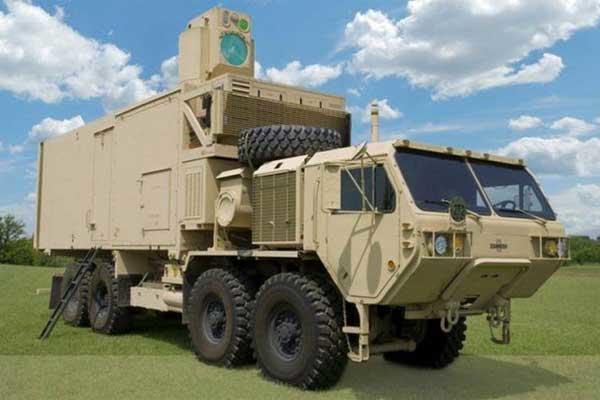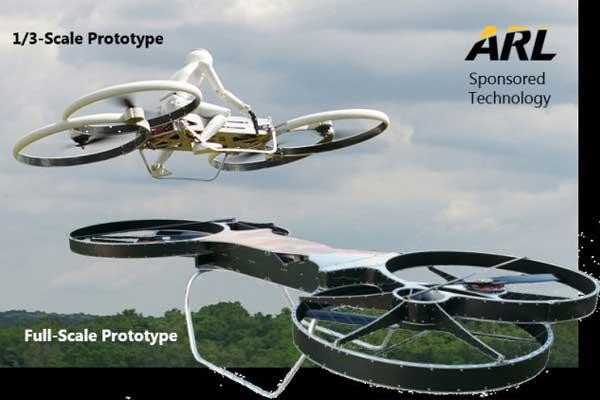HUNTSVILLE, Ala. -- The U.S. Army's top technology official described her pursuit of a future force that includes high-powered lasers, self sustaining combat outposts, and autonomous deep learning machines.
Mary Miller, the deputy assistant secretary for Research and Technology, said in a speech here at the Association of the U.S. Army's Global Force Symposium & Exposition that the Army has remained committed to its modernization plan in the face of continual budget cuts by protecting early stage research funding.
Readiness remains the Army's top priority, but the most common phrase heard at the show has been "operational overmatch" when discussing future weapons systems.
The floor of the Von Braun Center is packed with new weapons and equipment with what defense companies say will help provide the required overmatch. A hoverbike, new electronic warfare systems, missile defense radars, armor and the Humvee replacement all stood out as highlights on the floor.
Army leadership showed support for the hoverbike program by displaying it at the service's official booth. Called the tactical reconnaissance vehicle by the Army Research Laboratory, service officials see it serving a host of missions, including resupply, attack and personnel transport.
Universities and companies also displayed new electronic warfare systems -- a topic that has received renewed interest in response to Russia's aggression in Eastern Europe. Georgia Tech University showed off a system that allows the Army to autonomously test new electronic warfare defense systems, which could save the service millions of dollars.
Nano drones have also gained quite a bit of attention following the Army's announcement that it had launched the Soldier Borne Sensors (SBS) program, which includes a drone that weighs less than a pound. Prox Dynamics displayed its Black Hornet nano drone that the British Army started testing in Afghanistan in 2013 to positive reviews.
Along with new equipment, Army leaders talked about where it will find the next technological edge and how it needs to make sure its acquisition system can try to catch up to the commercial industry.
Open Campus Initiative
Defense Secretary Ashton Carter has made a significant bet to spur military modernization by introducing more entrepreneurs and tech startups to government work through his initiatives in Silicon Valley, such as the Defense Innovation Unit Experimental (DIUx). The Army has introduced similar initiatives to include the Army Research Laboratory's Open Campus program that invites small companies and researchers to utilize Army equipment and testing facilities.
The Open Campus program has thus far resulted in 150 signed Cooperative Research and Development Agreements (CRADAs) between the Army and companies and researchers. The momentum has led the Army to expand the program beyond its two locations in its Aberdeen and Adelphi, Maryland, facilities and laboratories.
The third branch of the program will be opened on the West Coast at the University of Southern California Institute for Creative Technologies in April, Miller said Tuesday.
"The initial focus of ARL West will be in the area of Human Information Interaction, which involves research into how humans generate and interact with data to make decisions more effectively and efficiently," said Thomas Russell, director of ARL, in 2015 when the West Coast campus was first announced.
"As we develop this new campus, we will also be establishing new relationships on the West Coast with other researchers in academia and industry to augment work ongoing there and work at our other sites. This collaboration, in an open work environment, will further develop the work we do for our service members and the nation."
Army technology leaders hope those collaborations will help the service spur new innovation in the cyber, directed energy and electronic warfare fields.
-- Michael Hoffman can be reached at mhoffman@tandemnsi.com.






























